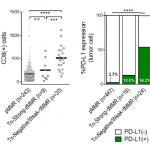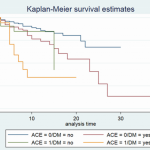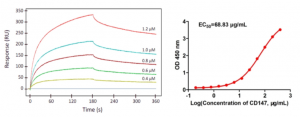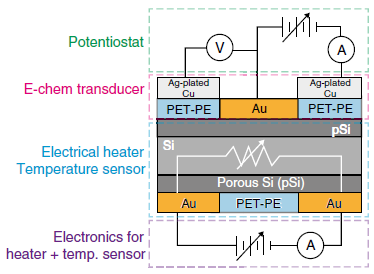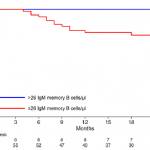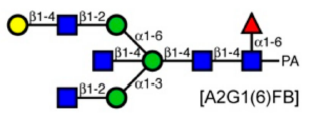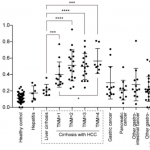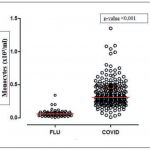Simplified sample preprocessing of RT-PCR in novel coronavirus (SARS-CoV-2) detection: heat treatment only
RT-PCR is the Gold Standard for testing for covid-19. Samples are taken from the nasal cavity with cotton swabs, nucleic acids are extracted by pre-treatment, and then RT-PCR is performed, but reagents and consumables are running out due to the increase in the number of tests worldwide.
There is a report of how this preprocessing process can be simplified as follows.
https://journals.plos.org/plosone/article/authors?id=10.1371/journal.pone.0243266
As a result, a sample of 20uL to 40uL was heat treated at 95°C to 98°C for 2 to 20 minutes to obtain good RT-PCR results.
The RT-PCR kit evaluated were
ABI TaqMan fast virus 1-Step RT-qPCR kit,
Meridian Bioscience Fast 1-Step RT-qPCR kit.
However, when the sample was suspended using UTM Viral Transport COPAN, this method failed to produce any detectable signal.
The cause is unknown because the composition of the reagent is not disclosed. So, depending on the combination of reagents used in the RT-PCR Kit, it seems that a simplified pre-treatment of heat treatment may not work properly.

